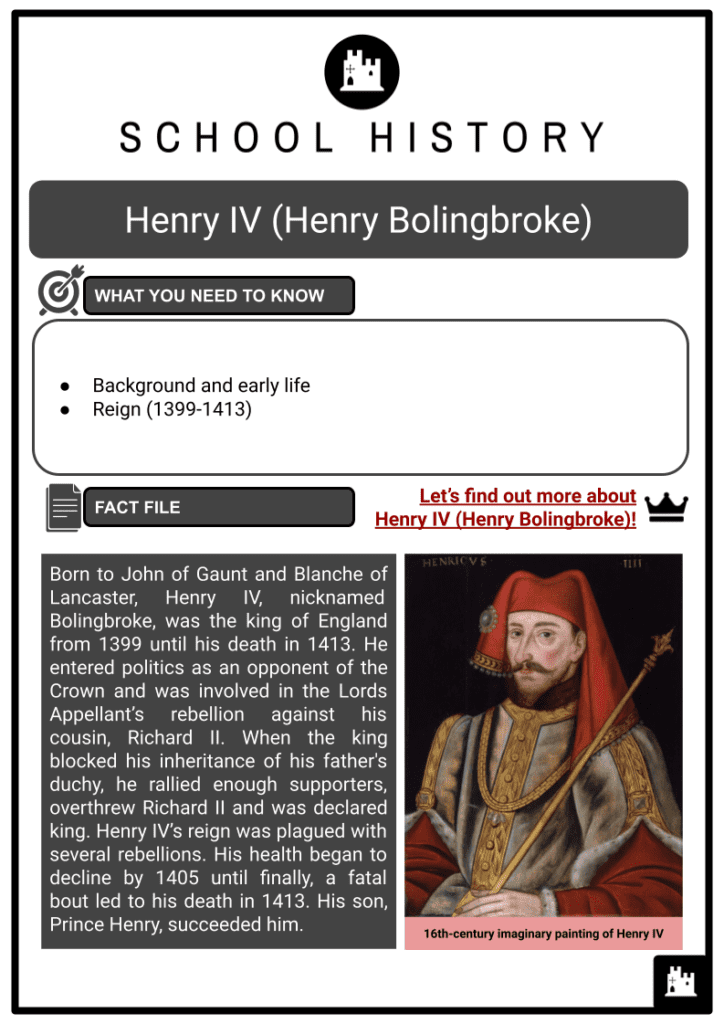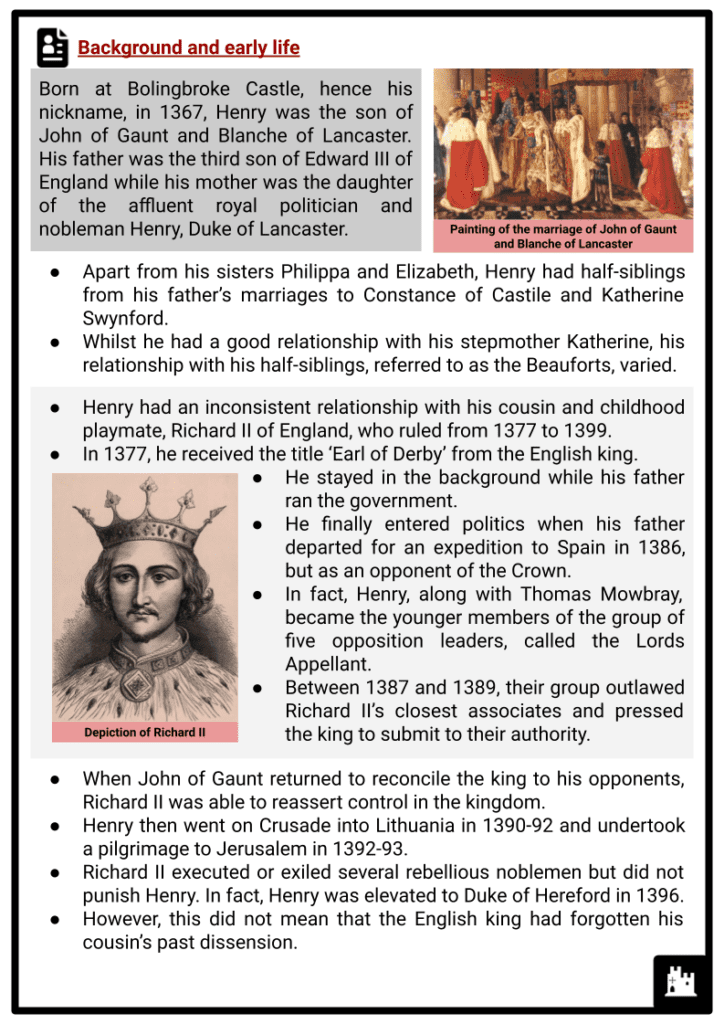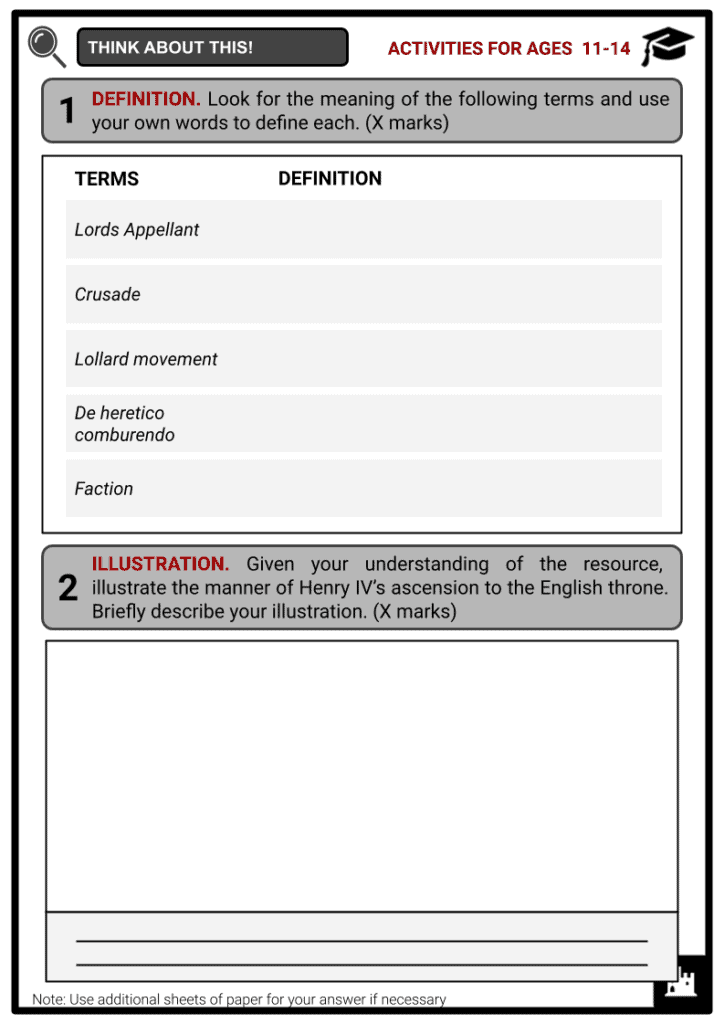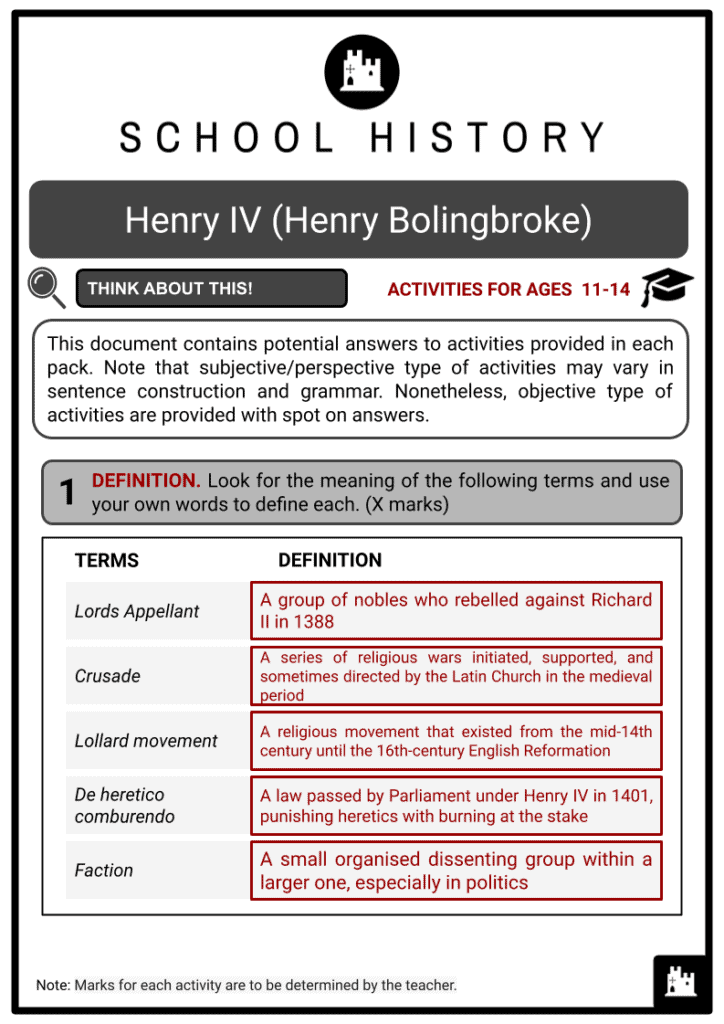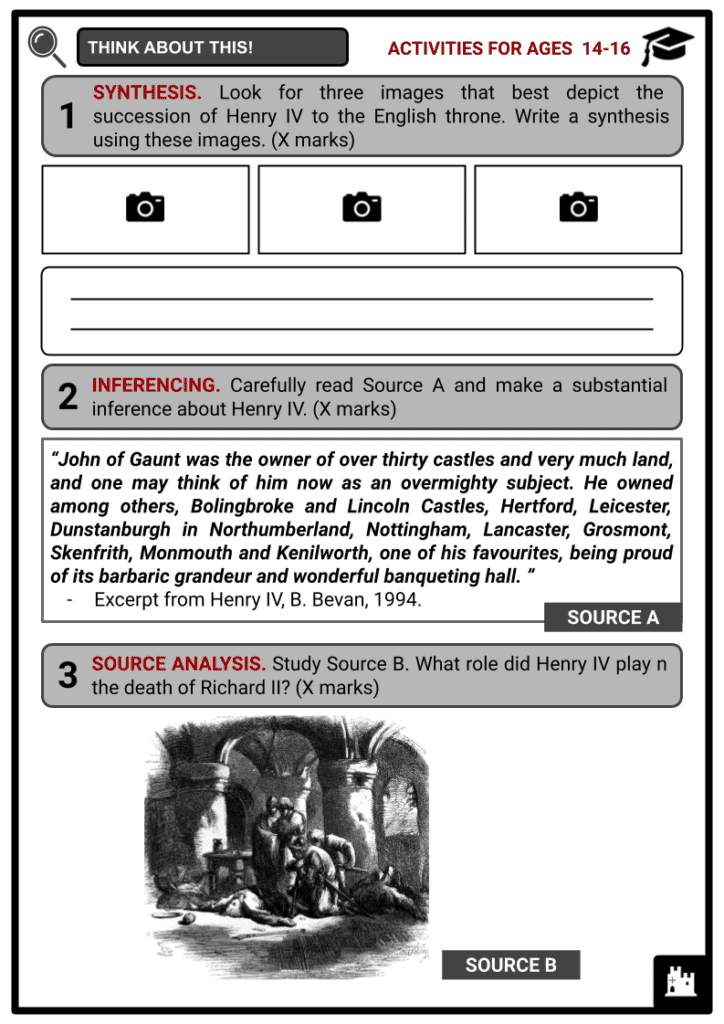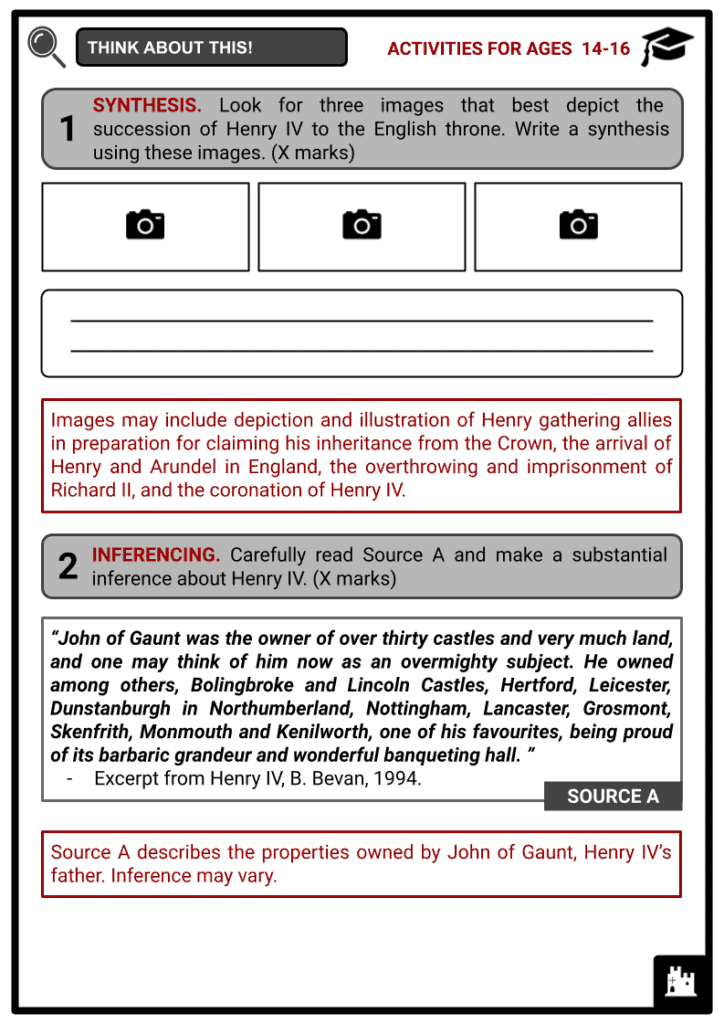Henry IV (Henry Bolingbroke) Worksheets
Do you want to save dozens of hours in time? Get your evenings and weekends back? Be able to teach about the Henry IV (Henry Bolingbroke) to your students?
Our worksheet bundle includes a fact file and printable worksheets and student activities. Perfect for both the classroom and homeschooling!
Table of Contents
Add a header to begin generating the table of contents
Summary
- Background and early life
- Reign (1399-1413)
Key Facts And Information
Let’s find out more about Henry IV (Henry Bolingbroke)!
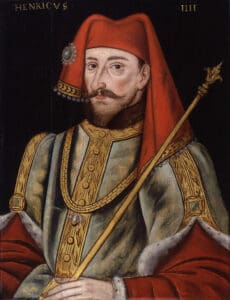
- Born to John of Gaunt and Blanche of Lancaster, Henry IV, nicknamed Bolingbroke, was the king of England from 1399 until his death in 1413. He entered politics as an opponent of the Crown and was involved in the Lords Appellant’s rebellion against his cousin, Richard II. When the king blocked his inheritance of his father's duchy, he rallied enough supporters, overthrew Richard II and was declared king. Henry IV’s reign was plagued with several rebellions. His health began to decline by 1405 until finally, a fatal bout led to his death in 1413. His son, Prince Henry, succeeded him.
Background and early life
- Born at Bolingbroke Castle, hence his nickname, in 1367, Henry was the son of John of Gaunt and Blanche of Lancaster. His father was the third son of Edward III of England while his mother was the daughter of the affluent royal politician and nobleman Henry, Duke of Lancaster.
- Apart from his sisters Philippa and Elizabeth, Henry had half-siblings from his father’s marriages to Constance of Castile and Katherine Swynford.
- Whilst he had a good relationship with his stepmother Katherine, his relationship with his half-siblings, referred to as the Beauforts, varied.
- Henry had an inconsistent relationship with his cousin and childhood playmate, Richard II of England, who ruled from 1377 to 1399.
- In 1377, he received the title ‘Earl of Derby’ from the English king.
- He stayed in the background while his father ran the government.
- He finally entered politics when his father departed for an expedition to Spain in 1386, but as an opponent of the Crown.
- In fact, Henry, along with Thomas Mowbray, became the younger members of the group of five opposition leaders, called the Lords Appellant.
- Between 1387 and 1389, their group outlawed Richard II’s closest associates and pressed the king to submit to their authority.
- When John of Gaunt returned to reconcile the king to his opponents, Richard II was able to reassert control in the kingdom.
- Henry then went on Crusade into Lithuania in 1390-92 and undertook a pilgrimage to Jerusalem in 1392-93.
- Richard II executed or exiled several rebellious noblemen but did not punish Henry. In fact, Henry was elevated to Duke of Hereford in 1396.
- However, this did not mean that the English king had forgotten his cousin’s past dissension.
- Taking advantage of a dispute between Henry and Mowbray, Richard II banished both men from the kingdom in 1398.
- Following John of Gaunt’s death in 1399, the Crown seized the Lancastrian estates, depriving Henry of his inheritance. This gave Henry a motive to invade England that same year.
- Henry met the exiled Thomas Arundel, former Archbishop of Canterbury, who fell from power due to his involvement with the Lords Appellant.
- Whilst the king was on a military campaign in Ireland, Henry and Arundel returned to England.
- Henry began confiscating land from those who opposed him and ordered his soldiers to destroy much of Cheshire.
- Henry’s initial intention was to reclaim his rights as Duke of Lancaster, but he immediately gained enough power and backing to depose Richard II.
- Richard II was imprisoned and died under mysterious circumstances in 1400. Henry IV was declared king in 1399, bypassing Richard II's heir-presumptive, the young Edmund de Mortimer, 5th Earl of March.
Reign (1399-1413)
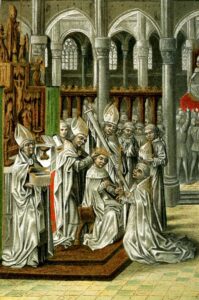
- Henry IV was crowned in October 1399, claiming his descent from Henry III (r.1216-72) to justify his succession to the throne. However, his claim failed to convince English magnates who wanted to assert authority at the king’s expense.
- Following Richard II’s death, the former king’s body was put on public display in the old St Paul's Cathedral, as proof that he was truly dead and that he had not suffered a violent death.
- Nevertheless, rumours still circulated that Richard II was still alive and waiting to take back his throne. He was buried in the Dominican Priory in Hertfordshire.
- As king, Henry IV consulted with Parliament frequently, but was sometimes in conflict with its members, particularly over ecclesiastical matters.
- To suppress the Lollard movement, he obtained the passage of De heretico comburendo in 1401, on Arundel's advice.
- This act prescribed the burning of heretics and was one of the strictest religious censorship statutes ever enacted in England.
- Henry IV spent much of his reign defending himself against plots, rebellions, and assassination attempts organised by his domestic and foreign enemies:
- In January 1400, he quashed a conspiracy of Richard II’s supporters.
- Eight months later, the Welsh landowner Owain Glyndŵr, with the aid of France, revolted against oppressive English rule in Wales and declared himself the rightful ruler of the region. In response, Henry IV led several military campaigns in Wales between 1400 and 1405 but it was his son, Prince Henry, who achieved greater success in reasserting royal control over the region.
- Owain Glyndŵr also urged local resistance to Henry IV’s rule by allying with the powerful Percy family, Henry Percy, Earl of Northumberland, and his son Sir Henry Percy, called Hotspur. The first Percy rebellion concluded in the Battle of Shrewsbury in 1403 with the death of Hotspur. Prince Henry contributed greatly to the royalist victory at Shrewsbury.
- In 1405, Henry IV faced another Percy rebellion. He had the eldest son of Mowbray and Richard Scrope, Archbishop of York, executed for conspiring with Northumberland to raise another rebellion.
- In 1408, another Percy insurrection was quickly suppressed. It was the last armed challenge to Henry IV’s authority.
- Nevertheless, border attacks by the Scots continued which Henry IV had to ward off, along with the developing conflict with the French in the remaining years of his reign.
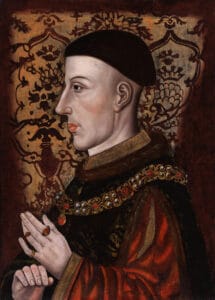
- These military activities proved costly, with Henry IV forced to depend on parliamentary grants to fund them.
- Between 1401 and 1406, Parliament repeatedly charged the king with fiscal mismanagement and eventually obtain certain powers over royal expenditures and appointments.
- The later years of Henry IV's reign were marked by serious health problems.
- As his health declined, a power struggle between his favourite, Arundel, and a faction headed by Prince Henry and the Beauforts developed within his administration.
- Arundel was removed from the chancellorship in 1410 but the faction failed to maintain power and broke down in 1411.
- Henry IV then allied with the French faction that was waging war against his heir’s Burgundian friends.
- Consequently, tension between the king and Prince Henry was high when Henry IV became completely debilitated late in 1412.
- Henry IV suffered a fatal bout in March 1413, dying in the Jerusalem Chamber in the abbot's house of Westminster Abbey. He was buried in Canterbury Cathedral. Prince Henry succeeded to the English throne.

